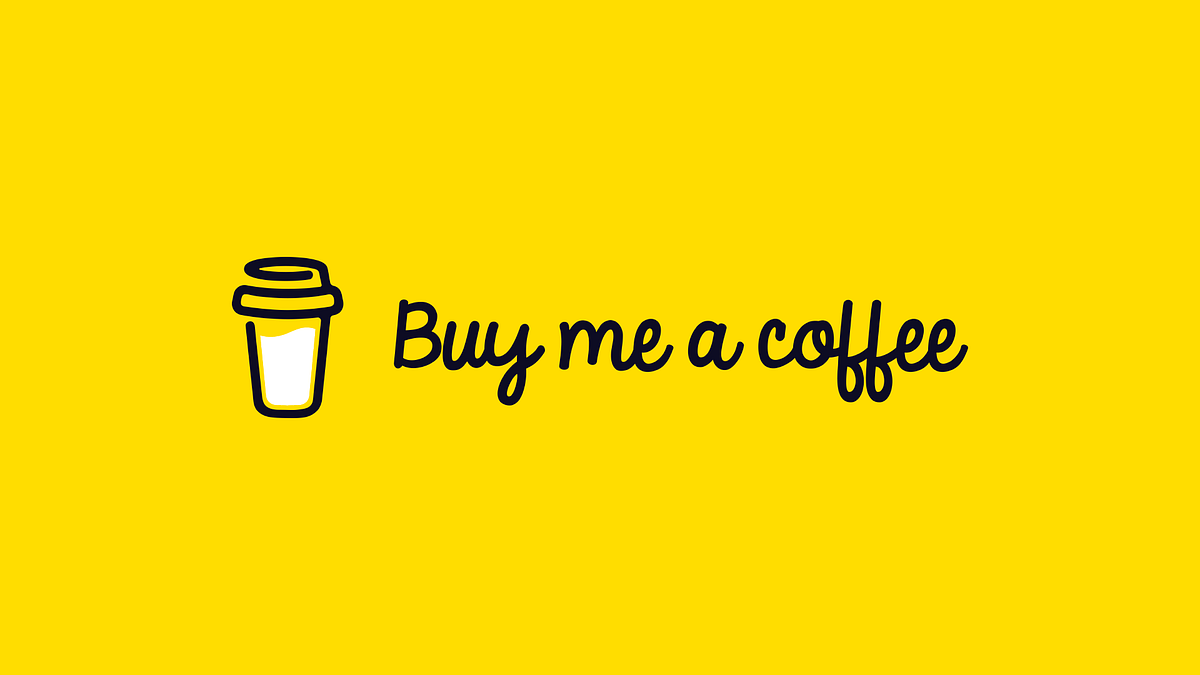
Each user may be unique, and the software you are developing might target a specific audience. Keep these factors in mind. For instance, consider a scientific researcher who might use software with thousands of features, compromising on UI. However the same person may stop using a mobile phone app if its UI is not user-friendly or use it less.
Each user is unique; what one finds difficult, another might not. Therefore, you need to generalize their thoughts. To do this, consider following questions.
- Their goals in using the software or site.
- The specific tasks they undertake to achieve those goals.
- The language and words they use to describe their actions.
- Their skill level in using software similar to what you're designing.
- Their attitudes towards the type of design you're creating and how different designs might affect those attitudes.
This process can be challenging, as you may receive distinct answers representing different user groups. You might be tempted to say, “I don't know who the users are” or “Everyone is a potential user.” However, this approach won't help you focus on your design. To address this, consider the following methods and topics:
- Direct Observation : Interviews and direct interactions with users immerse you in their world. You can inquire about their goals and typical tasks. These meetings can take place at their home or workspace, where they typically use the software. Interviews can be structured with a predefined set of questions or unstructured, offering flexibility. They can be formal or informal, conducted over the phone or in person.
- Surveys : Surveys can gather information from many users, providing numerous responses. However, since there is no human interaction, you may miss out on additional information. Careful survey design is essential. Analyze the responses accurately.
- Personas : Create fictional characters representing each major user group and imagine their extreme actions within the software. Personas can help you focus on specific user needs.
While some of these techniques are formal, resembling science, if you don't have time for formal methods, meeting a few users informally is better than conducting no discovery at all. Engaging with people is good for the soul.

